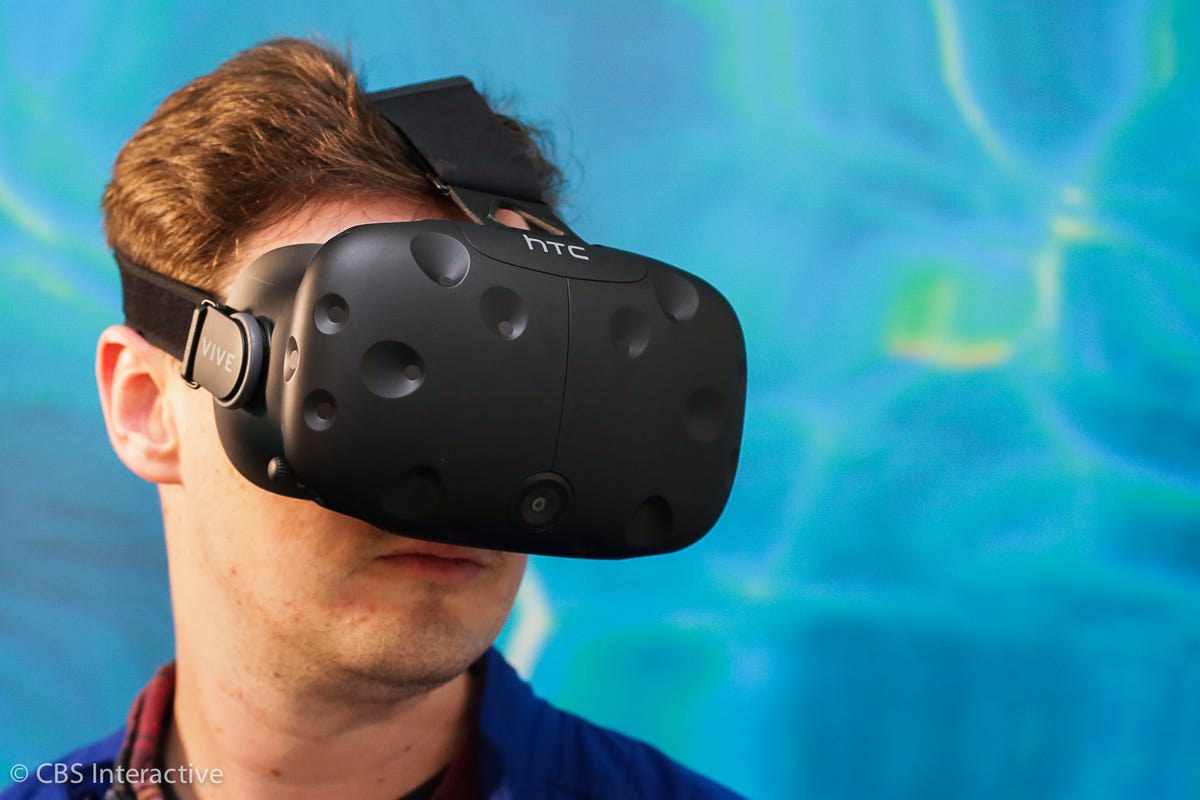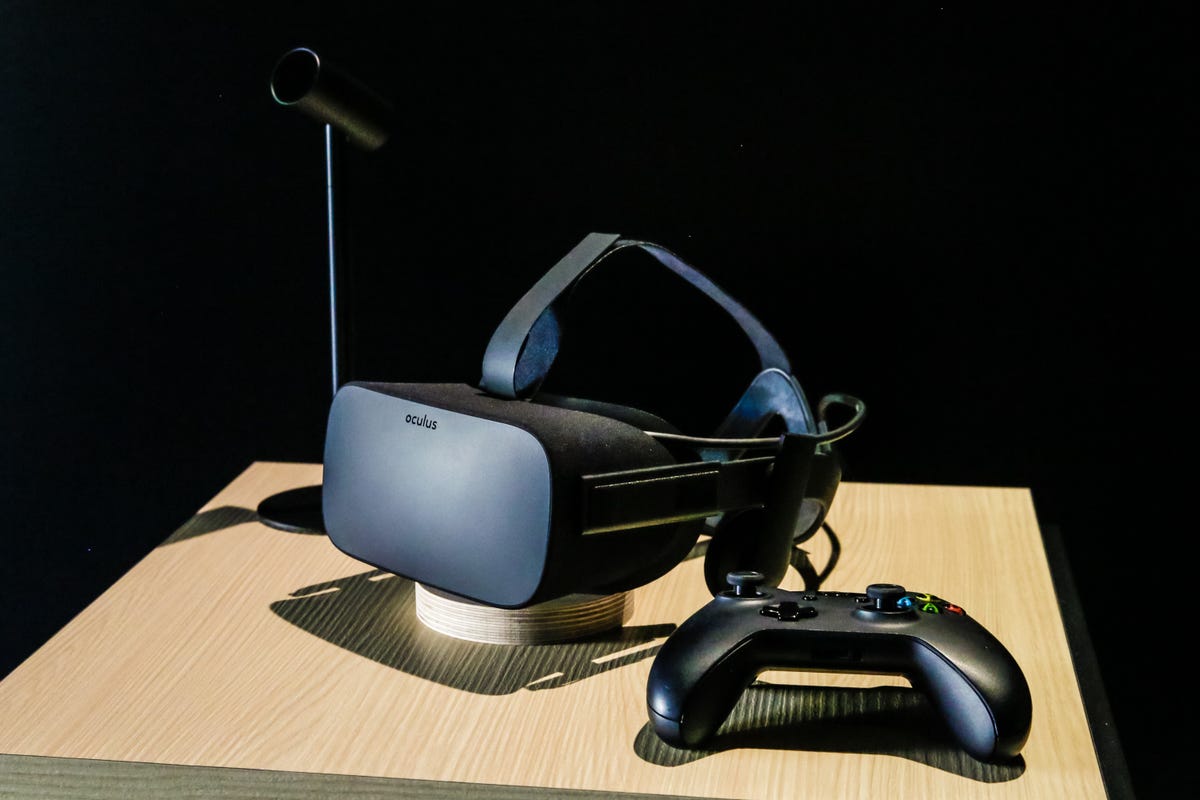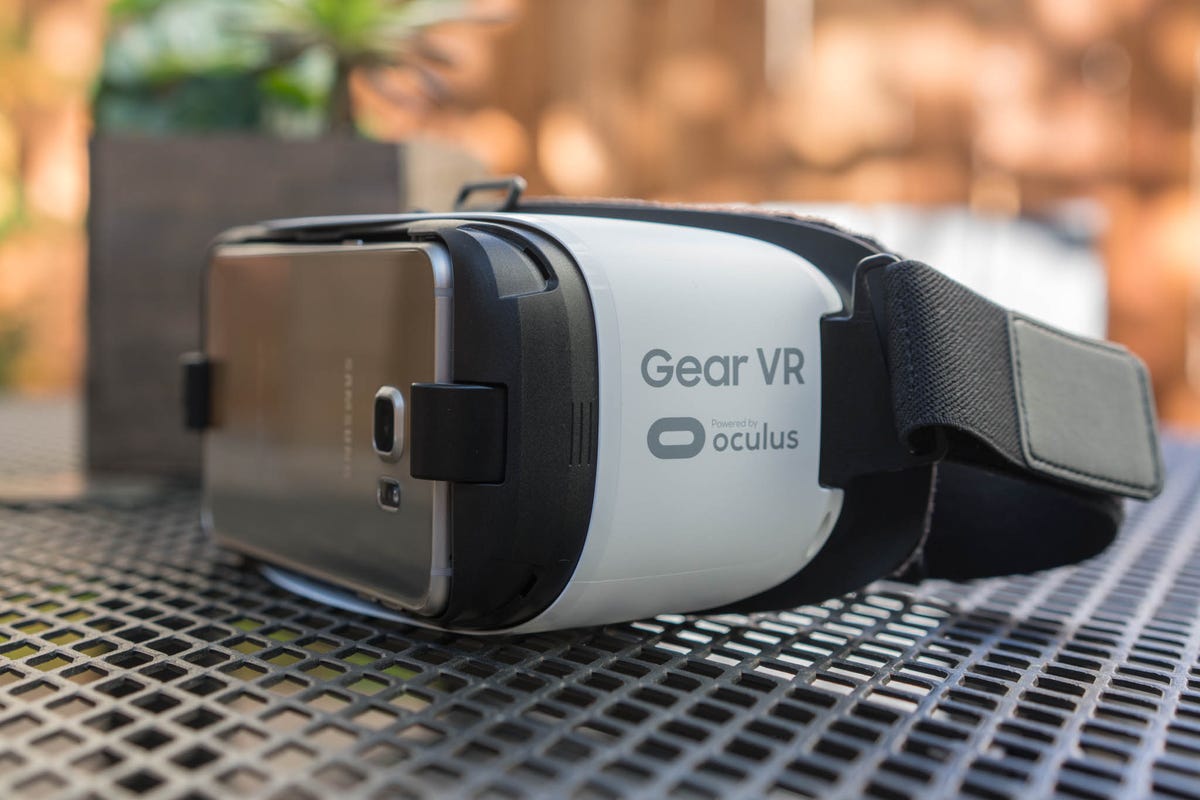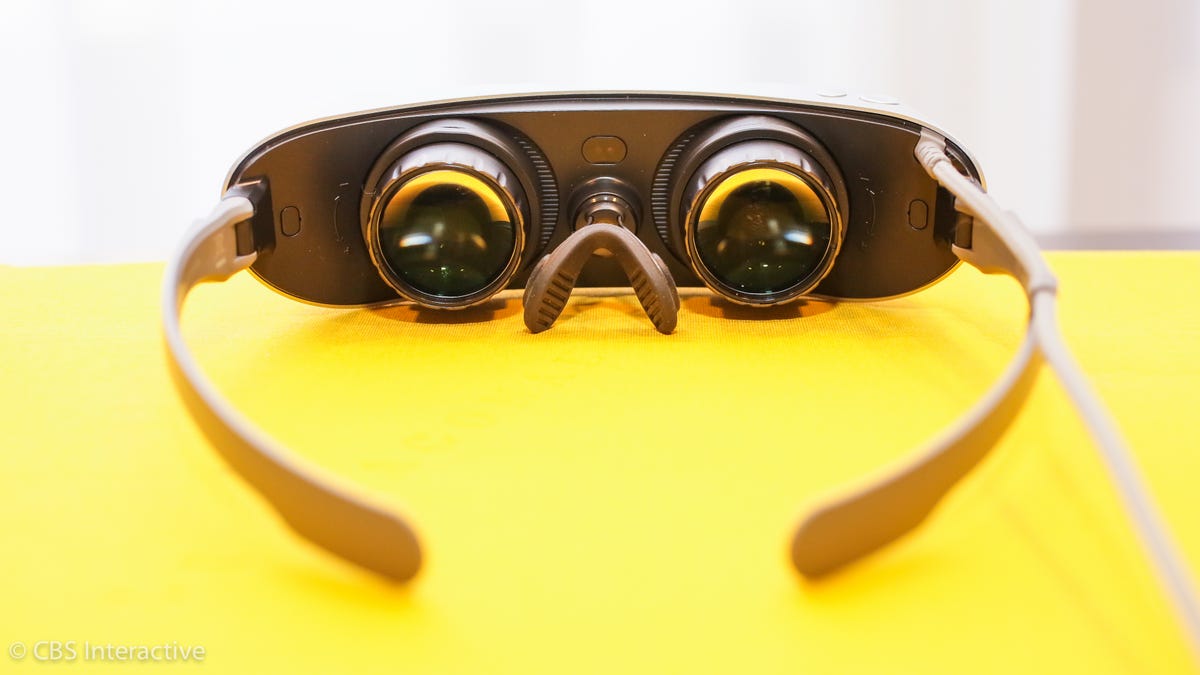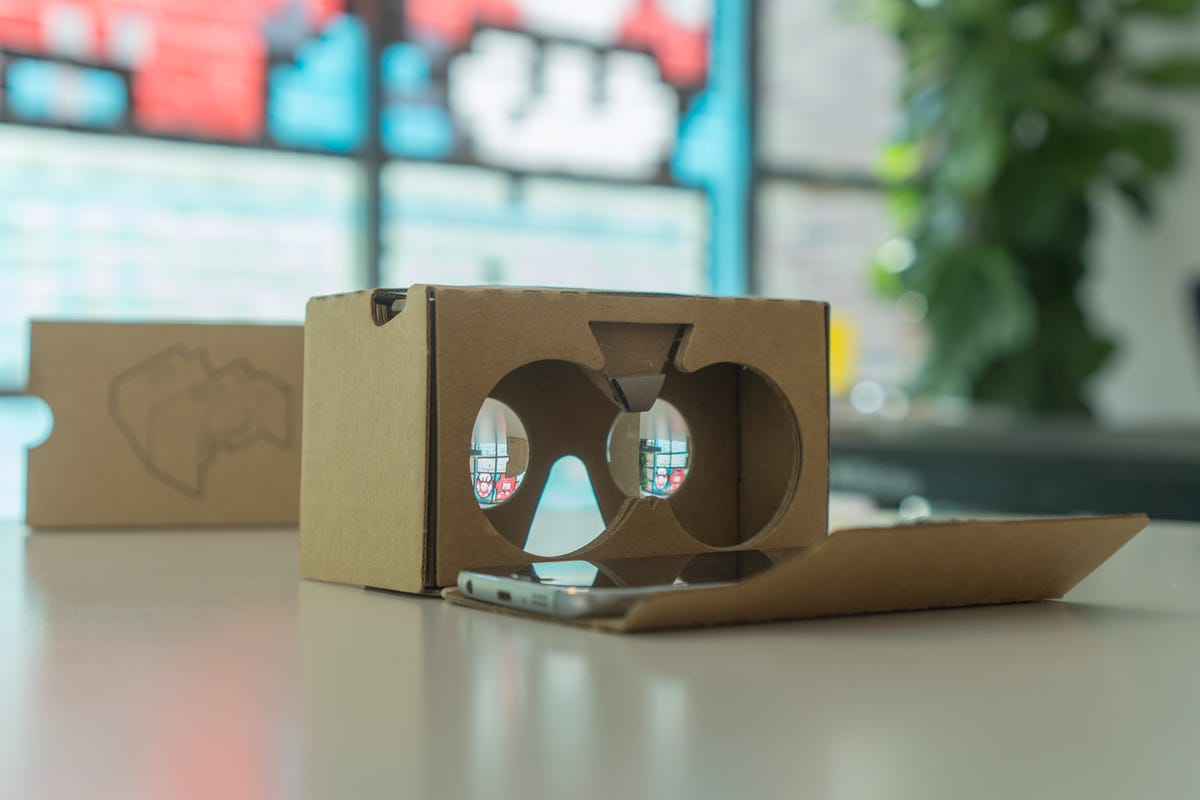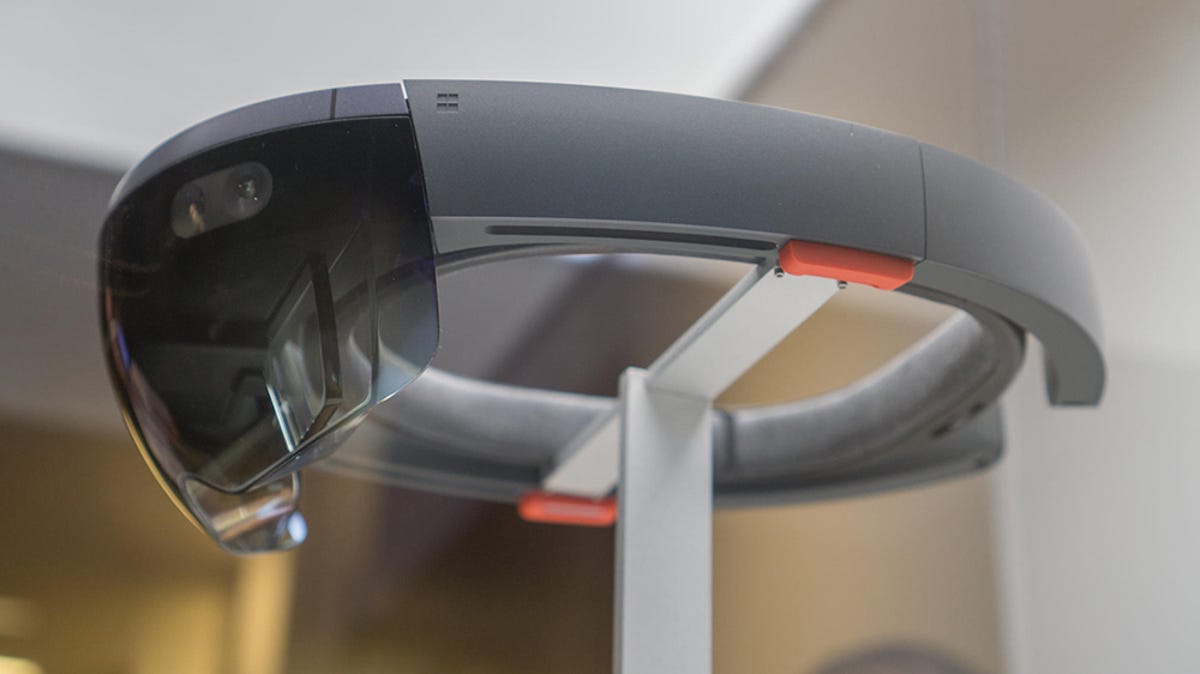Exciting advancements in virtual reality technology are revolutionizing the way we experience digital worlds. Say goodbye to clunky, outdated VR systems of the past; the future of VR is here, and it’s sleek, immersive, and downright mesmerizing.
- Apple Watch to nab over half the smartwatch market, researcher predicts
- Apple's Lockdown Mode: Why There's a New Level of Security for Your iPhone
- 10 relaxing Apple Arcade games that will help you chill out during lockdown
- FCC takes a closer look at wireless industry
- Galaxy Unpacked: Everything Samsung announced, from Z Fold 3 and Z Flip 3 to Watch 4 and Buds 2
Are you ready to dive into a realm where imagination meets reality? The market is abuzz with a variety of cutting-edge VR headsets, each offering a unique glimpse into the endless possibilities of immersive technology. As we eagerly anticipate their release, we’ve had the privilege of exploring these innovative devices firsthand, providing us with valuable insights into the future of virtual reality.
You are watching: Eight VR headsets your eyes need to see
HTC Vive
Experience the HTC Vive at Mobile World Congress 2016; a collaboration of HTC hardware and Valve technology that presents a remarkable virtual reality encounter. Priced at $799, £689, or about AU$1,200, the Vive includes base stations and controllers to monitor your movements within a room.
Valve’s involvement in VR doesn’t stop here; however, other Valve-powered VR headsets from various partners are still in the pipeline.
Discover more about the HTC Vive through our detailed hands-on experience.
Using a blend of HTC’s hardware and Valve’s technology, the HTC Vive showcased its innovative approach to virtual reality at Mobile World Congress 2016. With a price tag of $799, £689, or approximately AU$1,200, the Vive offers a unique experience with its base stations and controllers that accurately track your movements in a room.
Beyond this partnership, Valve’s foray into virtual reality is set to continue with additional VR headsets from different collaborators on the horizon. For an in-depth look at the HTC Vive, delve into our comprehensive hands-on review.
Oculus Rift
Over the years, Oculus has been diligently working on its vision of virtual reality, showcasing the immense possibilities of VR technology. The latest iteration, the Oculus Rift, is now available for pre-order at a price point of $599, £499, or AU$649.
Integrating seamlessly with Microsoft’s Xbox One console, the Rift comes bundled with an Xbox One controller and a sophisticated camera to capture your movements. Additionally, users can stream Xbox One games onto the Rift when connected to a Windows 10 PC. To enhance the gaming experience further, Oculus has introduced Oculus Touch, a set of touch controllers that provide a more immersive and tactile gaming experience within virtual environments.
See more : Are touch-screen problems plaguing the Nexus One?
Below is an insightful overview of the Oculus Rift, offering a glimpse into the world of virtual reality and its endless possibilities.
Sony PlayStation VR
Experience the world of virtual reality with Sony’s innovative PlayStation VR headset. Featuring a sleek design and a 5.7-inch OLED display with a 1,920×1,080-pixel resolution, this device, formerly known as Project Morpheus, seamlessly integrates with Sony’s PlayStation 4. Control the immersive experience with Move controllers and the PlayStation Camera, or opt for the convenience of the DualShock 4 controller for selected games.
Having had the opportunity to test the PSVR firsthand, we are genuinely impressed by its performance and capabilities. Set to launch in October at a price of $399, £349, or AU$550, it’s worth noting that the Camera and Move controllers are additional purchases.
Curious to know more about the PlayStation VR? Here are our detailed insights from our hands-on experience:
Samsung Gear VR
For those eager to delve into the world of virtual reality sooner rather than later, the Samsung Gear VR presents an enticing option. Priced at $99, £80, or AU$159, this headset is tailored for owners of newer Samsung phones such as the Galaxy S7, S7 Edge, S6, S6 Edge, Note 5, and S6 Edge+.
The headset features a smart sliding mechanism designed to securely hold the phone in place regardless of its size. Utilizing content directly from your phone eliminates the need for any connections to a PC or gaming console. The headset’s array of sensors allows for seamless control simply by moving your head. Additionally, by syncing your phone with a Bluetooth gamepad, you can achieve a gaming experience akin to traditional setups.
For a comprehensive review of the Samsung Gear VR, dive into the details.
LG 360 VR
Similar to the Samsung Gear VR, the LG 360 VR headset enhances your phone’s capabilities to deliver an engaging experience, primarily focused on multimedia consumption and app interactivity rather than gaming. Initially tailored for the latest LG G5, it will soon extend compatibility to other smartphones featuring a USB Type-C connection. While the pricing details are yet to be disclosed by LG, it is expected to be in line with comparable products like the Gear VR.
For a closer look at the LG 360 VR, explore our firsthand impressions.
Google Cardboard
See more : Every way Apple made iMessage for iPhone better in iOS 13
Google Cardboard is a gateway to experiencing virtual reality on your mobile device in a simple and accessible way. While it may not boast the premium materials of other VR headsets, its humble cardboard construction provides an affordable entry point. By combining it with your smartphone and a makeshift holder like a pizza box, you can immerse yourself in the wonders of VR technology.
If you want to delve deeper into the Google Cardboard experience, feel free to explore our comprehensive review.
Microsoft HoloLens
If you’re intrigued by cutting-edge technology, Microsoft’s HoloLens is worth exploring. This innovative device operates on augmented reality principles, allowing you to overlay text, images, and objects onto your surroundings. Imagine engaging in a Skype call floating a few feet above you, or experiencing a virtual stroll on the Martian surface from the comfort of your living room. Exciting, right?
Currently, the HoloLens is primarily targeted at developers. While the kits are accessible through invitation only in the US and Canada, they come with a price tag of $3,000. This investment grants you the opportunity to create applications for the HoloLens. The developer kit release is scheduled for March this year.
Curious to know more? Here’s a firsthand account of our experience with the Microsoft HoloLens.
Virtual reality technology has advanced significantly in recent years, offering users immersive experiences like never before. Gone are the days of clunky, outdated VR headsets from the past. Today’s VR devices are sleek, fast, and capable of transporting users to captivating 3D worlds that were once only imaginable. If you’re curious about the current state of VR headsets and related technologies, read on to learn more about some of the leading options available.
FAQs
-
What is the HTC Vive?
The HTC Vive is a groundbreaking VR headset created through a partnership between HTC and Valve. It offers an exceptional virtual reality experience with precise room tracking using base stations and controllers. -
What is the Oculus Rift?
The Oculus Rift is a well-known VR headset that provides an immersive gaming experience. It comes with touch controllers for enhanced interaction in virtual worlds. -
What is the Sony PlayStation VR?
The Sony PlayStation VR is a sleek headset designed for use with the PlayStation 4 console. It offers a high-resolution display and works with PlayStation Move controllers for intuitive gameplay. -
What is the Samsung Gear VR?
The Samsung Gear VR is a mobile VR headset that is compatible with select Samsung smartphones. It offers a convenient and accessible way to enjoy virtual reality experiences. -
What is the LG 360 VR?
The LG 360 VR headset is designed to work with smartphones, providing users with a fun way to watch videos and interact with apps in a virtual environment. -
What is Google Cardboard?
Google Cardboard is a simple and affordable VR headset that uses a smartphone to create immersive experiences. It is a cost-effective way to explore virtual reality content. -
What is the Microsoft HoloLens?
The Microsoft HoloLens is an augmented reality device that overlays digital content onto the real world. It offers a unique way to interact with information and virtual objects. -
What is Magic Leap?
Magic Leap is a company working on cutting-edge augmented reality technology with significant financial backing. Their goal is to deliver a revolutionary AR experience that rivals existing offerings.
Summary
Virtual reality has come a long way, with a range of innovative headsets and devices now available to consumers. From the immersive experiences offered by the HTC Vive and Oculus Rift to the mobile convenience of the Samsung Gear VR and Google Cardboard, there is a VR option to suit every preference. Augmented reality devices like the Microsoft HoloLens and upcoming technologies from Magic Leap are pushing the boundaries of what is possible in the virtual space. Whether you’re a gaming enthusiast, tech aficionado, or simply curious about the future of VR, there has never been a better time to explore the exciting world of virtual and augmented reality. Dive in and experience the future today!
For more information and to stay updated on the latest VR trends, visit our website for in-depth reviews and insights into the world of virtual reality.
Source: https://anytimesoftcare.com
Category: Internet

